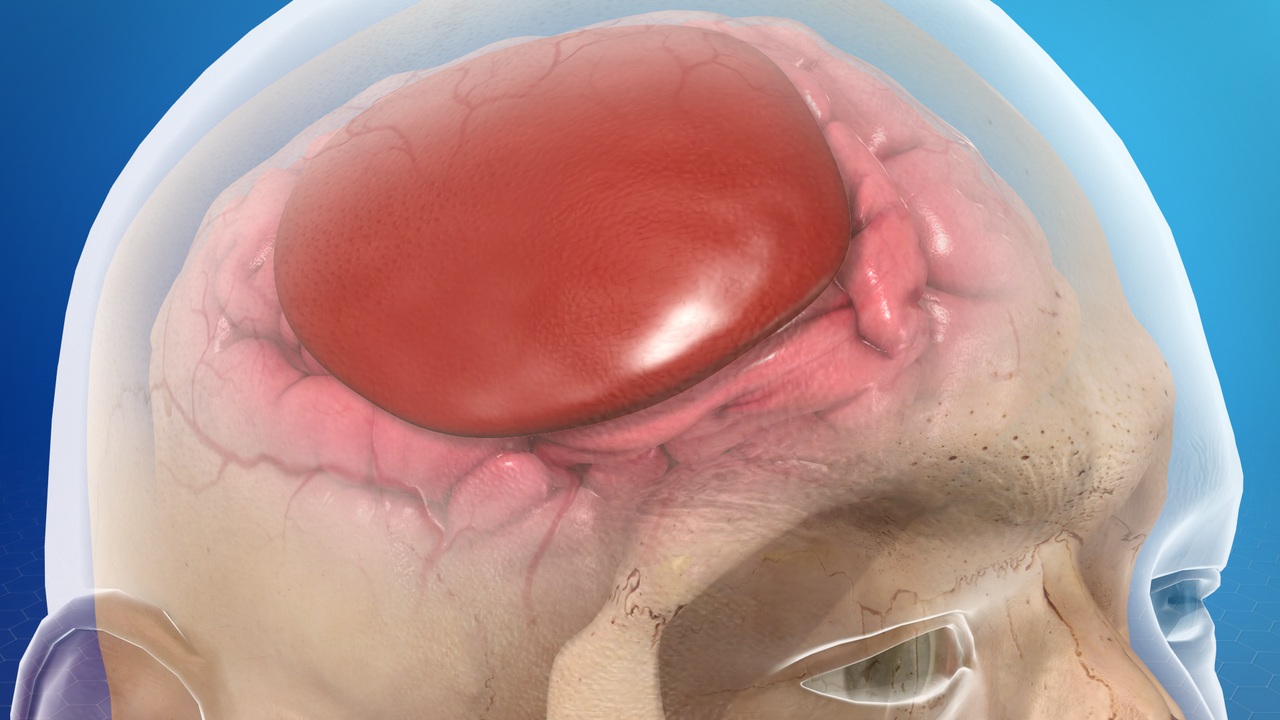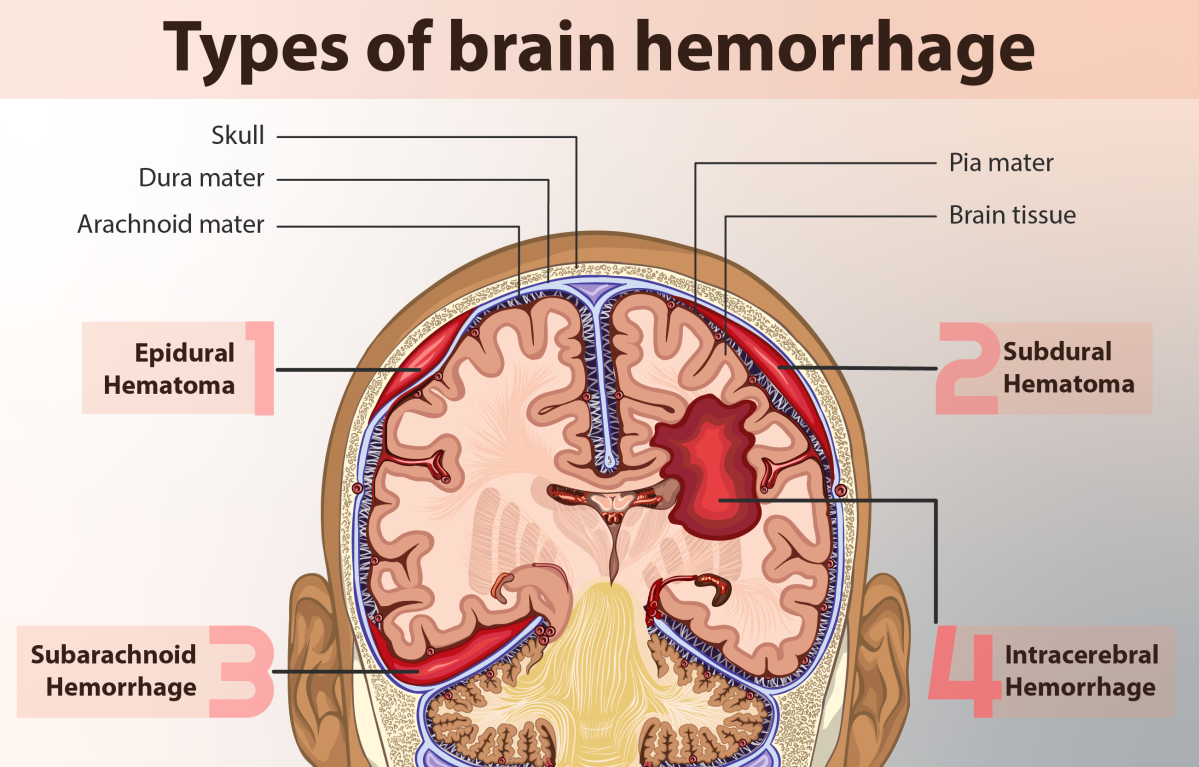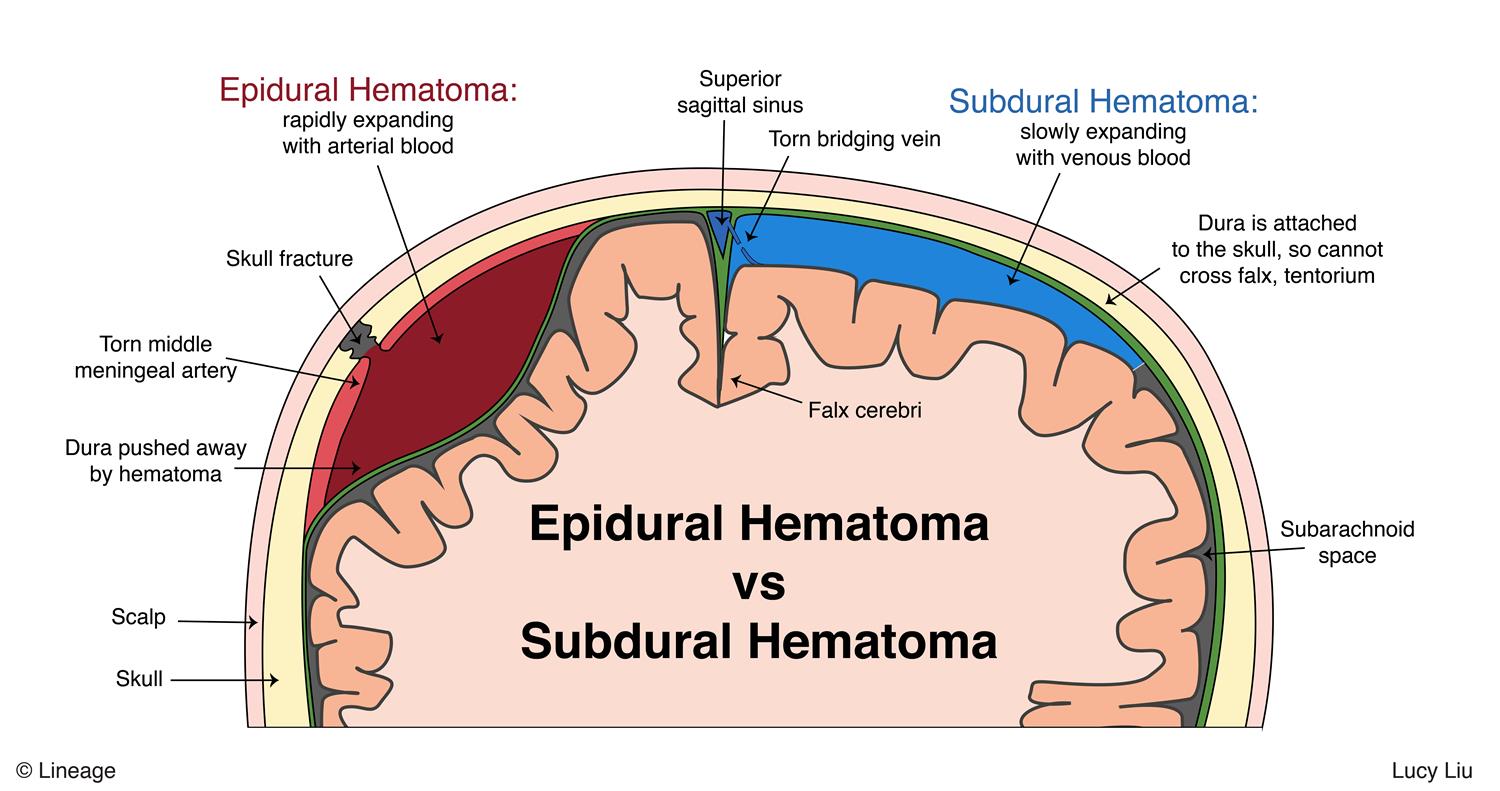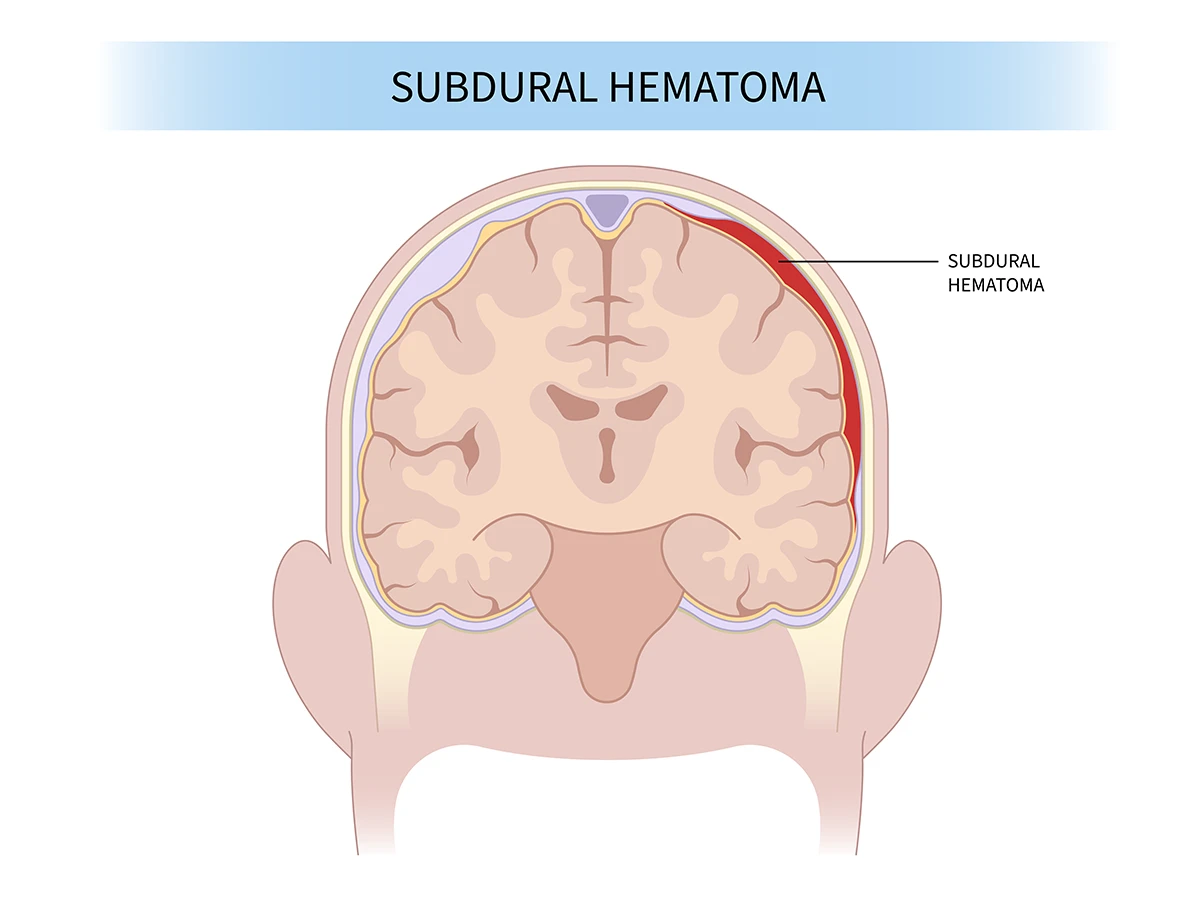
What is a subdural haematoma?
A subdural haematoma is a collection of blood between the surface of the brain and the skull. It is an emergency condition that can result from a head injury.
Subdural haematoma types
Subdural haematomas are classified according to the length of time since the event that caused them. They can be:
- acute (less than 2 days)
- subacute (2 to 14 days)
- chronic (more than 14 days)
Some people with chronic subdural haematoma have had only a mild head injury or no head injury that they can recall.
What are the symptoms of a subdural haematoma?
The most common symptom is a headache, which can be very painful. Other symptoms include:
- nausea and vomiting
- confusion
- loss of consciousness
- changes in vision
- difficulty speaking and understanding others
- difficulty with balance or walking
- weakness and numbness or tingling arms or legs
- change in behaviour
- being lethargic or very drowsy
- seizures
- becoming very sleepy
- memory loss
- loss of consciousness
- coma
What causes a subdural haematoma?
A subdural haematoma is usually caused by a blow to the head, such as in a fall, an assault or a road accident. The blow causes a blood vessel between the surface of the brain and a layer covering the brain to tear. The blood that flows from this blood vessel can’t escape the skull, so it gradually squashes the brain. This can cause brain injury.
How is a subdural haematoma diagnosed?
If you have had a head injury, you should seek medical help immediately by calling an ambulance on triple or going to the nearest hospital emergency department.
Your doctor will probably ask you questions and examine you. You might need a brain imaging examination such as a computed tomography (CT) scan.
How is a subdural haematoma treated?
The treatment of subdural haematoma depends on the type and size of haematoma and how serious the symptoms are.
Some people are simply watched carefully to see that they get better.
Others need emergency surgery to quickly reduce pressure in the brain and remove any blood clots, followed by medication and rehabilitation.





